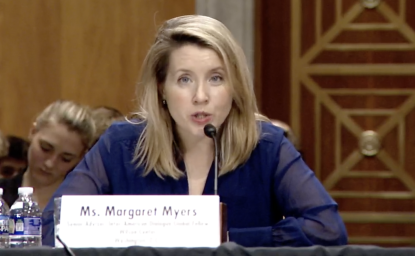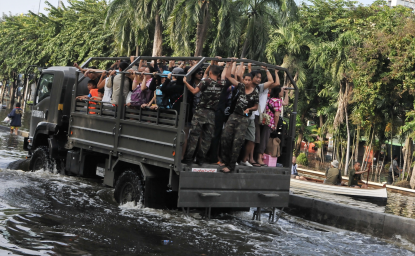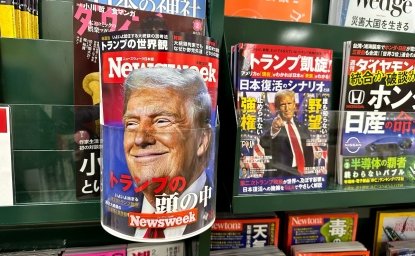George W. Bush and Asia: A Midterm Assessment
The midpoint of George W. Bush’s presidential term offers an opportune moment to take stock of the administration’s Asia policy. This new Asia Program report contains essays by policymakers, scholars and Asia analysts, including a contribution from Assistant Secretary of State for East Asian and Pacific Affairs James A. Kelly. Collectively, these essays identify themes and patterns that provide insights into Bush’s Asia policies and begin the task of placing the administration’s policies into broader perspective.




